A Journey Through Time
Explore past events, and derive lessons from them. Let's embark together on a contemplative journey to discover roots and understand the present.
 Napoleon and the Jews
Napoleon and the JewsIn 1799, during Napoleon Bonaparte's campaign in the Middle East, he issued a proclamation offering Palestine as a homeland for the Jewish people. This was one of the earliest instances of a prominent leader endorsing the idea of a Jewish state in Palestine.
 The Term 'Zionism'
The Term 'Zionism'The term 'Zionism' was first coined in 1882 by Nathan Birnbaum, an Austrian-Jewish writer and political activist. Zionism came to define the national movement for the return of the Jewish people to their homeland and the resumption of Jewish sovereignty in Israel.
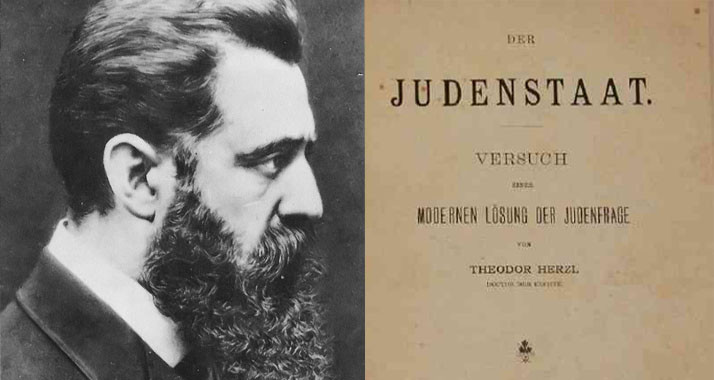 Theodor Herzl Publishes 'Der Judenstaat'
Theodor Herzl Publishes 'Der Judenstaat'In 1896, Theodor Herzl, an Austro-Hungarian journalist, published 'Der Judenstaat' (The Jewish State), a pamphlet arguing for the establishment of a Jewish state as a solution to anti-Semitism in Europe.
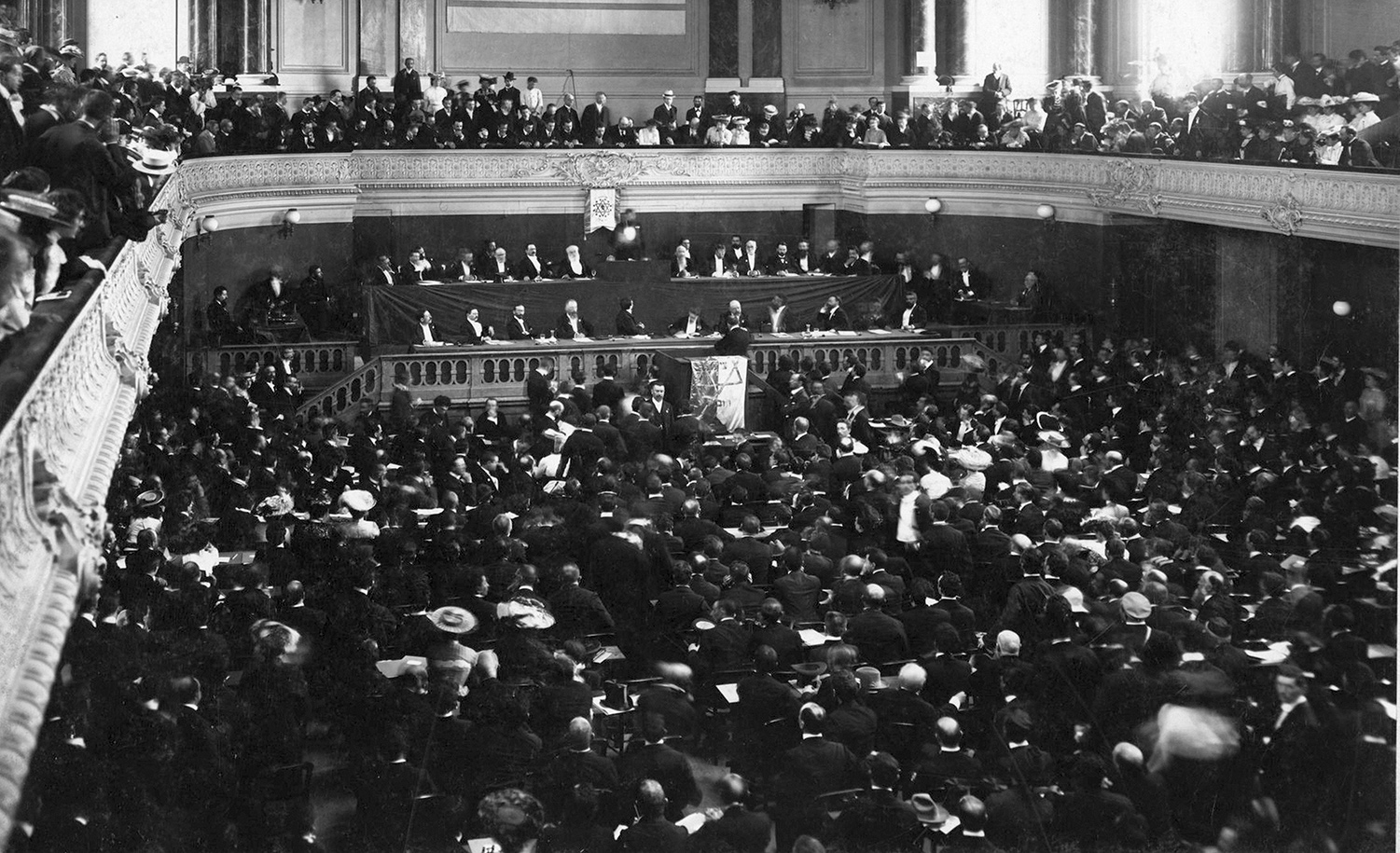 First Zionist Congress is Held in Switzerland
First Zionist Congress is Held in SwitzerlandThe First Zionist Congress was held in Basel, Switzerland, in 1897. It was organized by Theodor Herzl and marked the formal establishment of the World Zionist Organization, which aimed to create a Jewish homeland in Palestine.
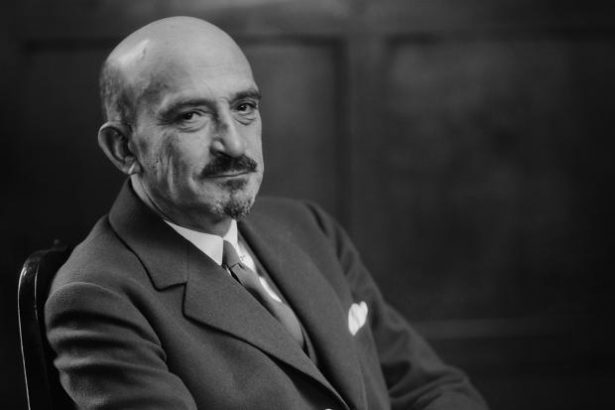 Chaim Weizmann Visits Palestine
Chaim Weizmann Visits PalestineChaim Weizmann, a prominent Zionist leader who would later become the first President of Israel, visited Palestine for the first time in 1907. His visit was crucial in laying the groundwork for future Jewish settlement and political efforts in the region.
- Najib Nassar Publishes Al-Karmel Newspaper
In 1908, Palestinian writer Najib Nassar began publishing Al-Karmel, a newspaper that strongly opposed Zionist colonization in Palestine. It became a significant platform for Palestinian nationalist thought.
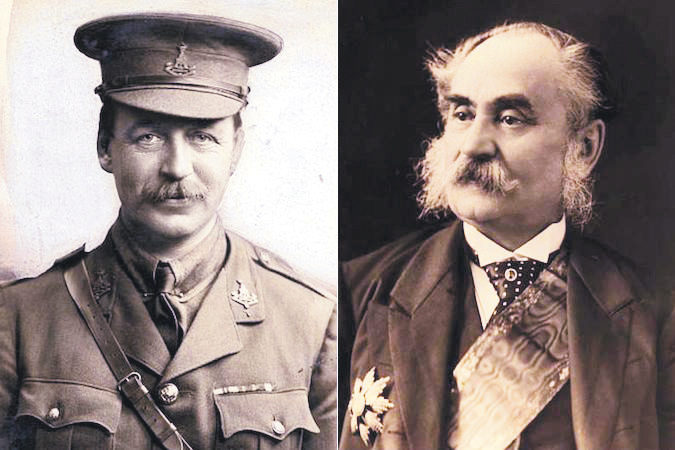 Sykes-Picot Agreement Signed
Sykes-Picot Agreement SignedThe Sykes-Picot Agreement, a secret deal signed in 1916 by Britain and France, divided the Ottoman Empire's Arab provinces outside the Arabian Peninsula into spheres of influence. This agreement laid the groundwork for modern political boundaries in the Middle East.
 Herbert Samuel's Secret Memorandum
Herbert Samuel's Secret MemorandumIn 1916, Herbert Samuel, a British Cabinet member and a Zionist, wrote a secret memorandum titled 'The Future of Palestine.' He advocated for British support of Zionist settlement in Palestine, influencing British policy towards the region.
 Balfour Declaration Created
Balfour Declaration CreatedThe Balfour Declaration, issued by the British government in 1917, promised support for the establishment of a 'national home for the Jewish people' in Palestine. This declaration was a pivotal moment in the history of Zionism.
 King-Crane Commission Conducted
King-Crane Commission ConductedIn 1919, the King-Crane Commission was conducted by the United States to assess the disposition of non-Turkish areas within the former Ottoman Empire, including Palestine. The commission's findings were critical of Zionist aspirations, favoring Arab independence.
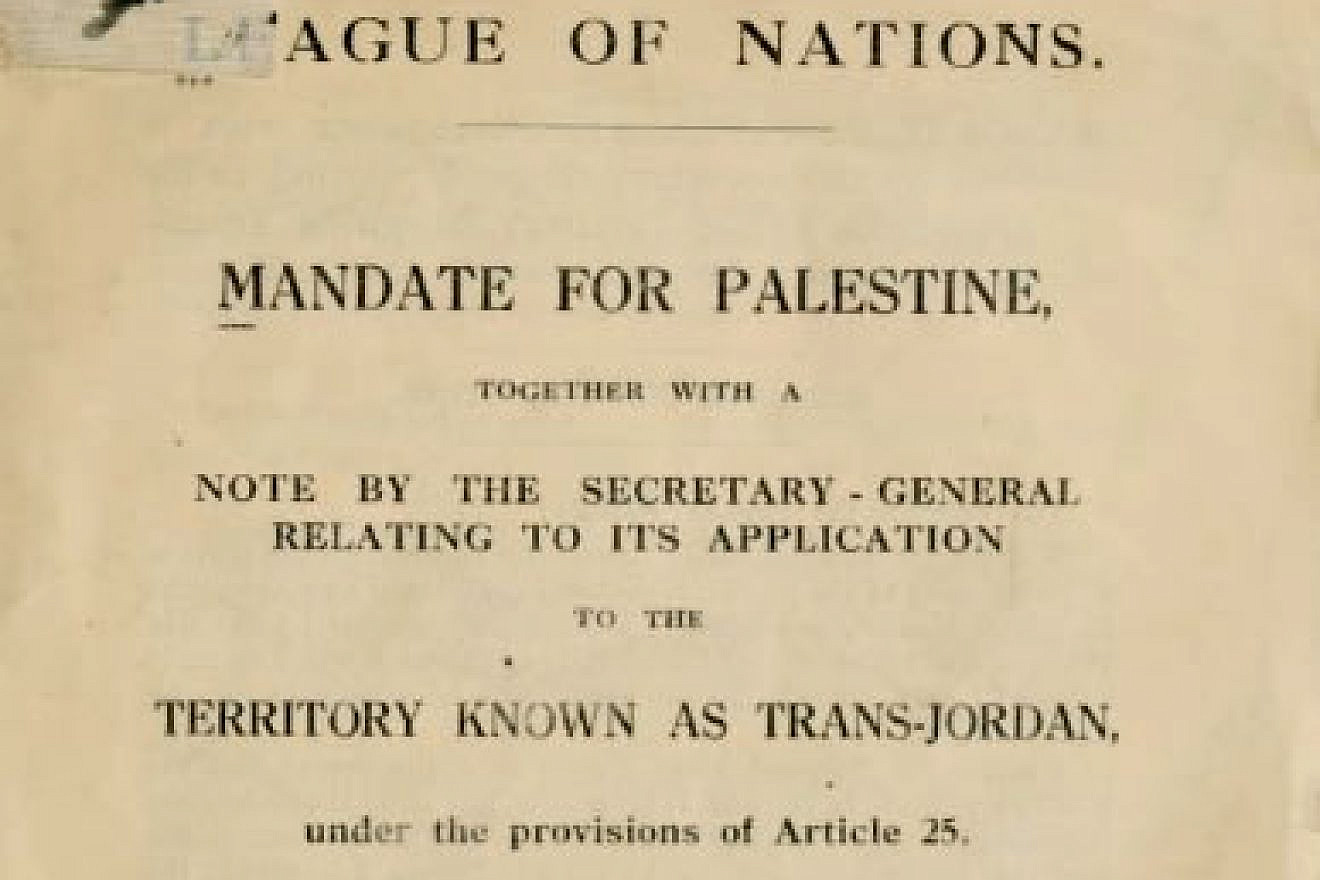 League of Nations Approves British Mandate for Palestine
League of Nations Approves British Mandate for PalestineThe League of Nations formally approved the British Mandate for Palestine in 1922, which included the objective of establishing a Jewish national home. This mandate legally recognized British administration in the region.
- Al-Buraq Uprising
The Al-Buraq Uprising in 1929 was a significant Palestinian revolt against increased Jewish immigration and land purchases. It was named after the Western Wall, known in Arabic as Al-Buraq, and marked the first large-scale anti-Zionist riots.
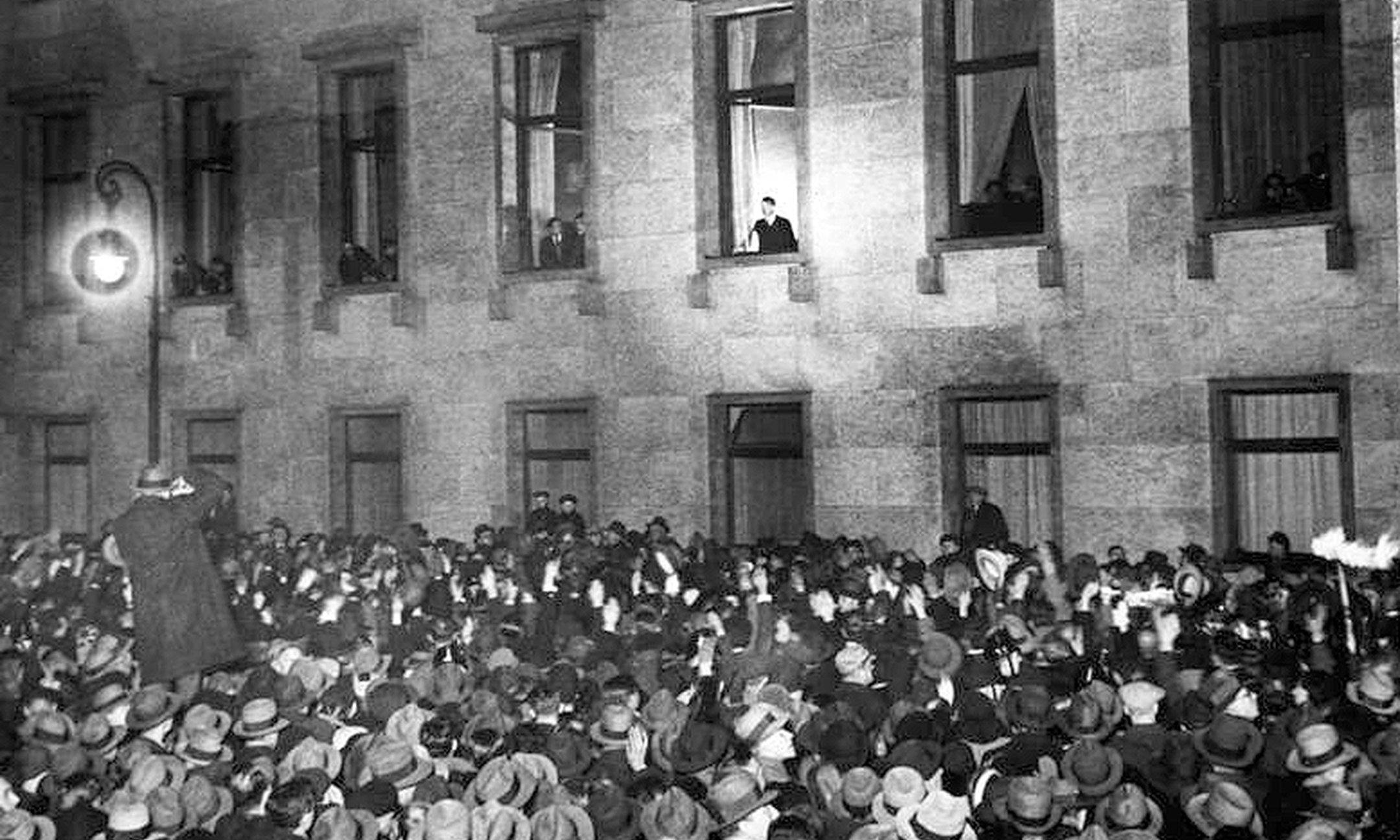 Mass Protests Against Jewish Immigration
Mass Protests Against Jewish ImmigrationIn 1933, mass protests erupted in Palestine against the increasing Jewish immigration. These demonstrations reflected the growing tensions between Jewish settlers and the Arab population.
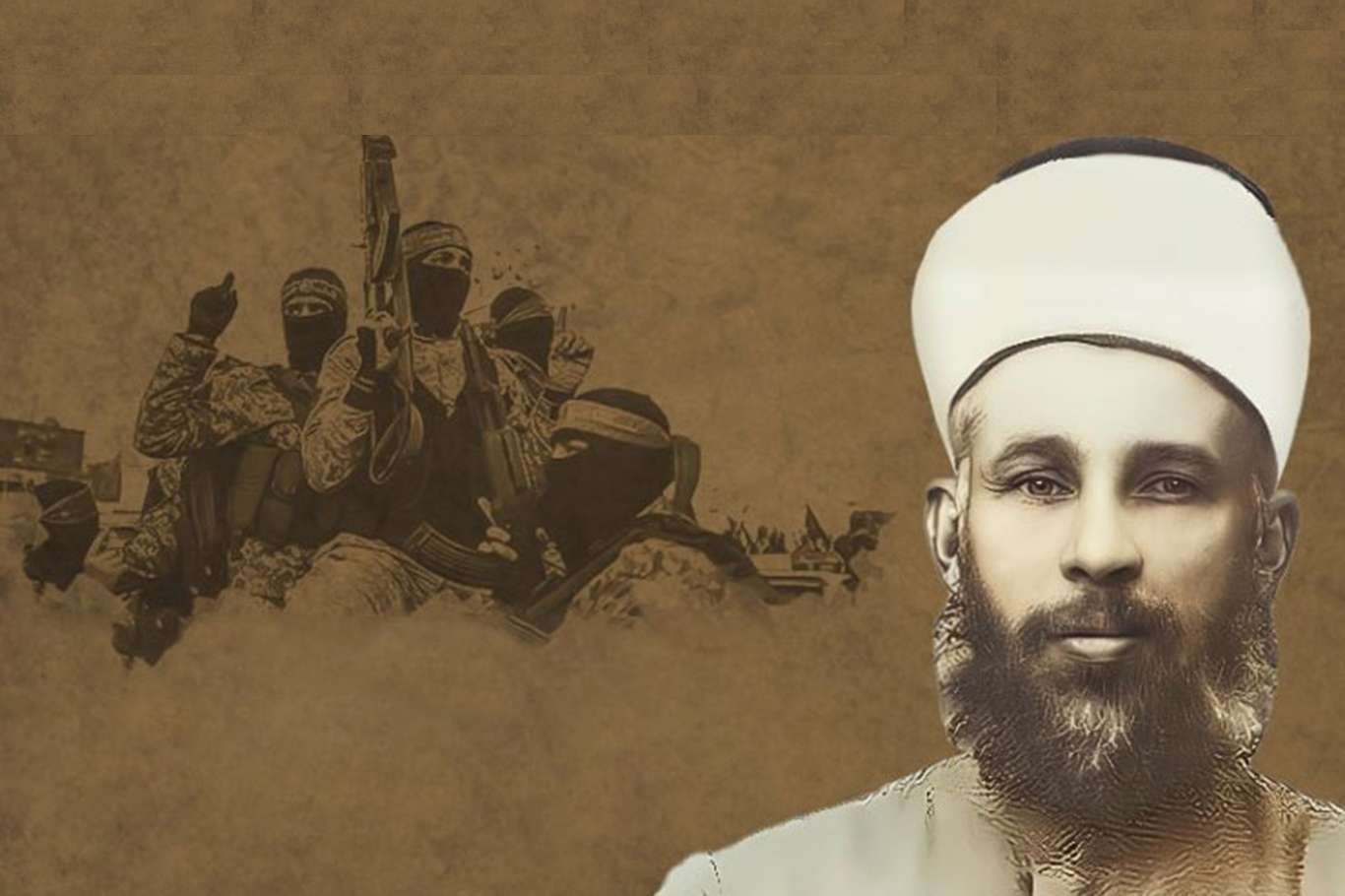 Izz ad-Din al-Qassam Killed by British Forces
Izz ad-Din al-Qassam Killed by British ForcesIzz ad-Din al-Qassam, a Palestinian militant leader, was killed by British forces in 1935. His death inspired further resistance and he became a symbol of Palestinian nationalism.
 Six-Month Long General Strike
Six-Month Long General StrikeIn 1936, Palestinians launched a six-month general strike to protest Jewish immigration and British colonial rule. This strike marked the beginning of the Arab Revolt, a major uprising against British and Zionist presence in Palestine.